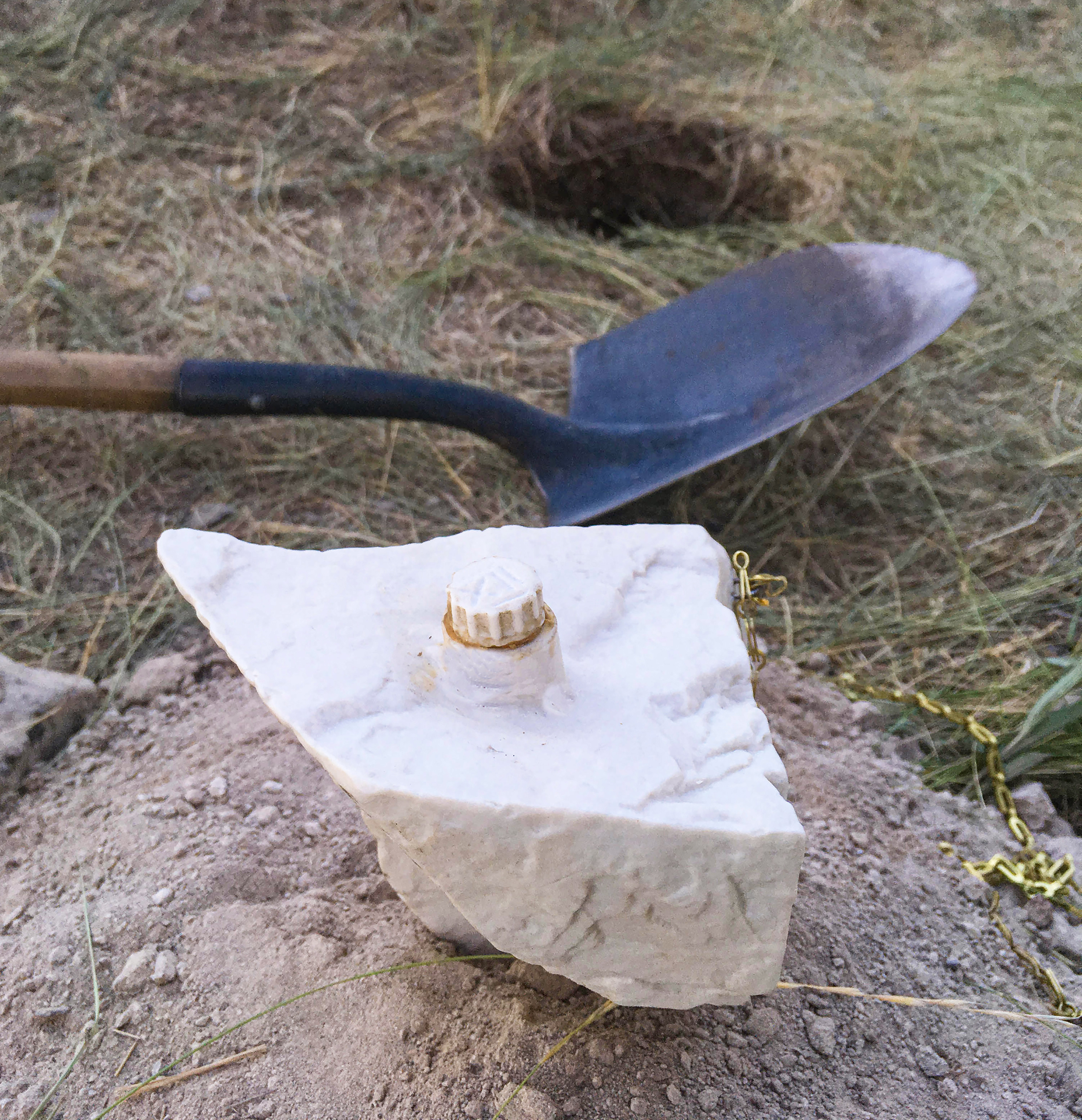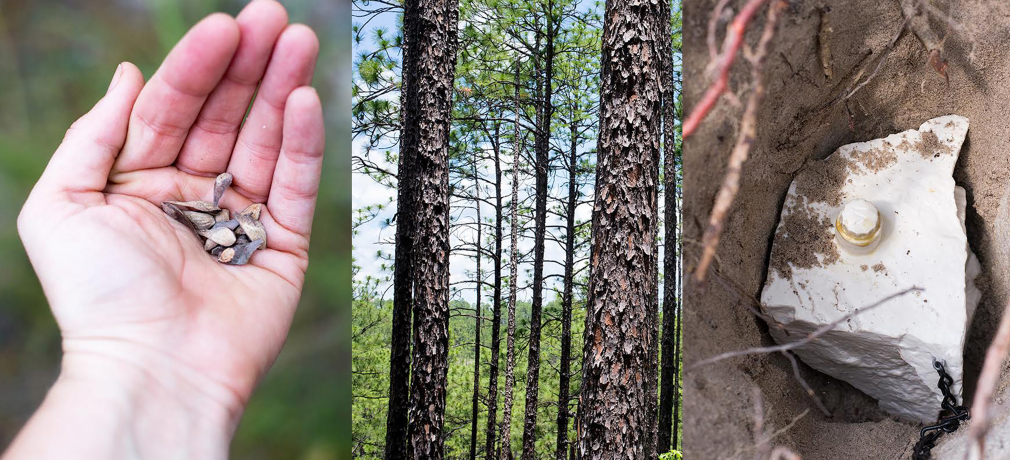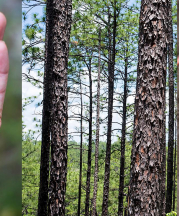 Imagine the slow but steady crunch and thud, crunch and thud of a shovel wedging its way into the earth. Deep breathing marries the rhythmic movement of soil as a mound begins to form beside the hollow negative below the surface. Not too far from the human earthmover and their growing mound and hollow, a curious white rock sits, waiting to be nestled into the cavity, waiting to be tucked under the reposited dirt, patiently holding the cargo within its double walls. This hand-crafted ceramic container, akin to a time capsule, was engineered to sustain the chosen seeds of local communities for as long as the seeds’ RNA might allow. When buried below permafrost and sealed with the ceramic screw top-cap and beeswax, the vessel insulates the seeds from liquid and light while providing constant humidity to postpone the germination process. This potentially extends the dormancy period, lulling the seeds into a deep sleep far into the future. When buried in situ (in place of origin), where the yielding plants currently thrive, the seed bank vessels act as both local and global indicators of the plant’s cultural and ecological significance to the region. What might the land look like ten, twenty, one hundred, or even a thousand years from now? How might the flora and fauna change, and what can this small act of reverence tell future generations about the quickly changing landscapes and how we relate to them? What gifts can we give to future generations in times of climate emergency? How can we honor the symbiotic relationship between humankind, the land, and our non-human kin that has been practiced by indigenous cultures since time immemorial?
Imagine the slow but steady crunch and thud, crunch and thud of a shovel wedging its way into the earth. Deep breathing marries the rhythmic movement of soil as a mound begins to form beside the hollow negative below the surface. Not too far from the human earthmover and their growing mound and hollow, a curious white rock sits, waiting to be nestled into the cavity, waiting to be tucked under the reposited dirt, patiently holding the cargo within its double walls. This hand-crafted ceramic container, akin to a time capsule, was engineered to sustain the chosen seeds of local communities for as long as the seeds’ RNA might allow. When buried below permafrost and sealed with the ceramic screw top-cap and beeswax, the vessel insulates the seeds from liquid and light while providing constant humidity to postpone the germination process. This potentially extends the dormancy period, lulling the seeds into a deep sleep far into the future. When buried in situ (in place of origin), where the yielding plants currently thrive, the seed bank vessels act as both local and global indicators of the plant’s cultural and ecological significance to the region. What might the land look like ten, twenty, one hundred, or even a thousand years from now? How might the flora and fauna change, and what can this small act of reverence tell future generations about the quickly changing landscapes and how we relate to them? What gifts can we give to future generations in times of climate emergency? How can we honor the symbiotic relationship between humankind, the land, and our non-human kin that has been practiced by indigenous cultures since time immemorial?
Time and how we relate to the land were the primary inspirations for The Seed Bank Project. The process of saving seeds – a sacred act performed by many cultures around the world – has been co-opted by large-scale agriculture within the last century. This shift in control, as well as agency in the choice of crops, land use, and ramifications of agricultural pollutants, has narrowed the potential for an intimate connection with forms of nourishment, disproportionately affecting communities of color and indigenous peoples who were and are currently being displaced by colonialism and the expansive effects of climate change.
... Share
Share

